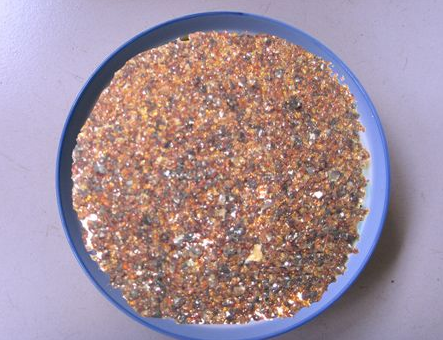Fluxes Selection Guide: Types, Features, ApplicationsFluxes play a crucial role in various industrial processes, including soldering and welding. Selecting the right flux is essential for achieving optimal results in these applications. This guide provides insights into different types of fluxes, their features, and applications to help you make informed decisions when choosing flux for your specific needs.
Understanding Types of Fluxes
Fluxes come in various types, each tailored for specific applications. Common categories include rosin flux, water-soluble flux, no-clean flux, and activated rosin flux. Understanding the characteristics of each type is vital for selecting the most suitable flux for your soldering or welding project.

AWS F6AZ-EL12
Key Features to Consider
When selecting a flux, consider features such as activity level, residue, and compatibility with different metals. The activity level indicates the flux's ability to remove oxides from metal surfaces, while residue characteristics impact post-application cleaning. Compatibility with specific metals ensures effective flux performance for different materials.
Applications of Fluxes
Fluxes find applications in various industries, including electronics, plumbing, and metal fabrication. Soldering and welding processes benefit from the use of flux to enhance wetting and improve bond formation. Understanding the specific requirements of your application is crucial for choosing the right flux formulation.
Frequently Asked Questions
Q: What is the purpose of flux in soldering?
A: Flux is used in soldering to remove oxides from metal surfaces, promote wetting, and enhance the formation of strong, reliable bonds between solder and the workpiece.
Q: Can flux be used for welding?
A: Yes, flux is commonly used in welding to prevent oxidation, facilitate metal joining, and ensure the quality of the weld joint. However, specific welding processes may or may not require the use of flux.
Conclusion
In conclusion, selecting the right flux involves understanding the types available, considering key features, and recognizing the diverse applications in different industries. By making informed choices, you can enhance the efficiency and quality of your soldering and welding processes.






